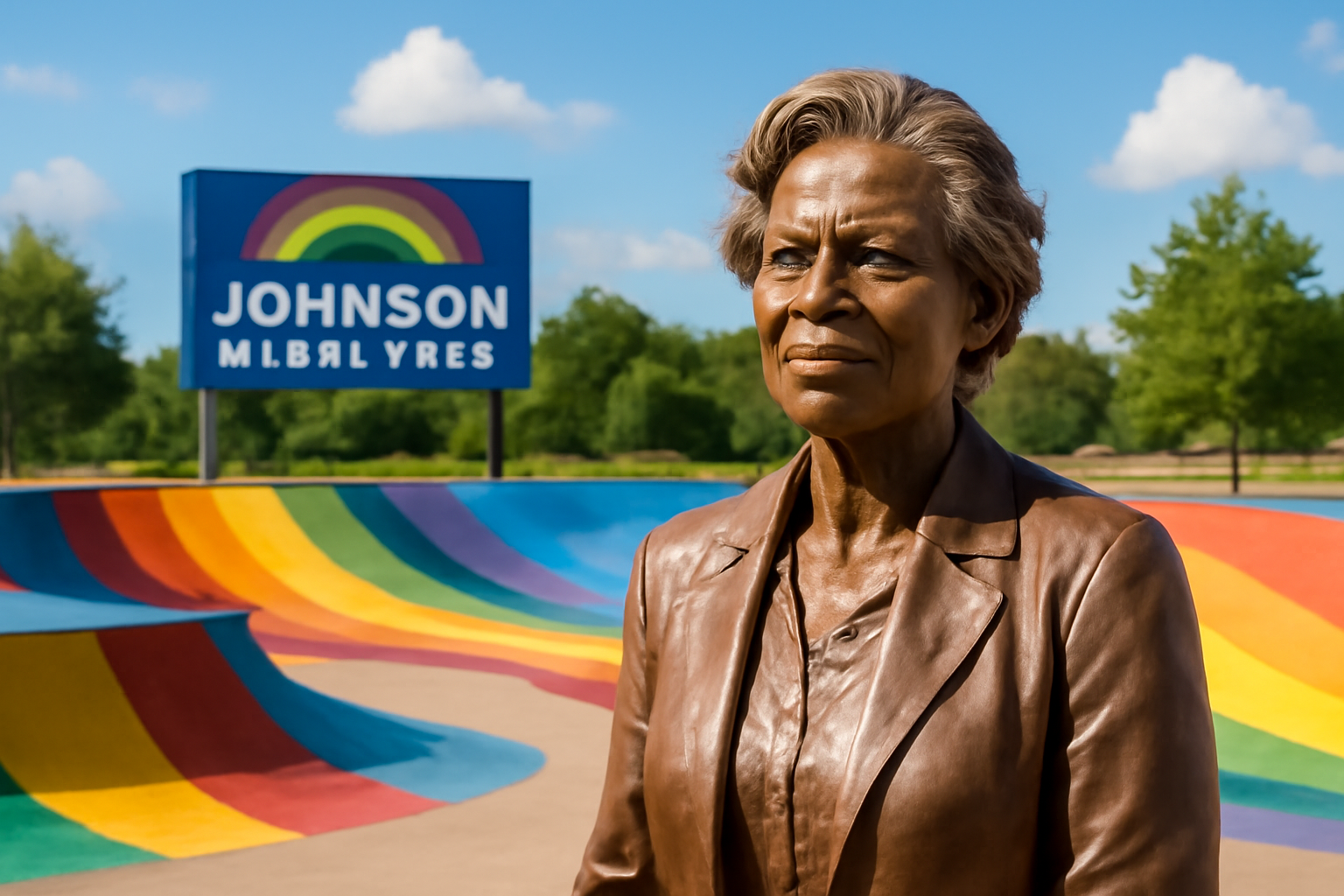
Reconsidering How We Honor Our Leaders
In a world where the past is constantly being re-evaluated, the way we honor our leaders and historical figures is also evolving. Traditional monuments like statues and named buildings may not always capture the full spectrum of a leader's impact on society. This opens up the discussion for unconventional tributes that reflect a more nuanced perspective of a person's legacy.
One provocative idea is to name less conventional landmarks after contemporary figures. Prisons, landfills, and even natural features like volcanos present unique opportunities for commemoration. These suggestions might seem controversial, but they invite us to think critically about the symbols we choose to represent leadership and legacy.
The Symbolism of Naming
Names carry powerful symbolism. When we name a building after someone, we are bestowing a form of immortality upon them. Traditionally, we name schools, roads, and airports after individuals to honor their contributions to society. However, these choices are often scrutinized, as they reflect societal values at a moment in time.
Naming a landfill or a prison after a political figure might seem like an insult, but it could also be viewed as an honest reflection of a divisive legacy. Landfills are essential to modern life, managing waste and striving towards sustainability. Prisons, complex as they are, remain a crucial part of the discussion around justice and reform.
Volcanos: Nature’s Powerful Tribute
Volcanos symbolize nature's raw power and can serve as fitting tributes to leaders whose influence was likewise forceful and transformative. Unlike constructed monuments, volcanos are natural phenomena that evoke a sense of awe and respect. Naming a volcano after a leader acknowledges the intense and sometimes unpredictable nature of political influence.
Volcanos also remind us of the dual nature of legacies—capable of both destruction and creation. They can devastate landscapes but also create fertile ground for new life. Similarly, the policies and decisions of leaders can have both positive and negative effects on societies.
Rethinking Currency and Commemoration
Currency is another traditional avenue for honoring leaders. Placing a leader’s portrait on a coin or bill is a time-honored tradition, but also a political statement. It’s an acknowledgment that the individual’s contributions are integral enough to be part of daily transactions.
The idea of putting a leader’s face on a penny could serve as a subtle commentary on their perceived value. The penny, often overlooked and undervalued, might be a fitting metaphor for a leader whose legacy is contentious. It forces society to reconsider what we deem valuable and worthy of everyday recognition.
Engaging in Meaningful Dialogue
These unconventional ideas for honoring leaders provoke discussion and encourage a deeper examination of how we choose to remember our past. Our society is diverse and complex, and our symbols should reflect that diversity. The conversation about how we commemorate influential figures is more important than ever in an era where historical narratives are constantly being challenged and rewritten.
As we engage in these discussions, it’s crucial to listen to a broad range of voices and perspectives. Acknowledging the full spectrum of a leader’s impact, both positive and negative, allows for a more honest and comprehensive understanding of history.
A New Era of Commemoration
In the end, how we choose to honor our leaders tells us as much about ourselves as it does about them. Whether through traditional monuments, currency, or naming unconventional landmarks, the act of commemoration is a powerful tool for reflection and dialogue.
By embracing creativity and inclusivity in our commemorative practices, we can foster a society that respects the complexity of history and the leaders who shaped it. This approach not only honors their contributions but also acknowledges the ongoing journey towards understanding and reconciliation.
Related Posts
Triumphant Trans Woman Wins Legal Battle and Inspires Others to Stand Up for Their Rights
Breaking new ground: a landmark victory in transgender rights After battling in courtrooms and enduring endless challenges, Diana Portillo, a transgender woman, has secured a monumental victory in her decade-long fight against workplace discrimination. The result? Nearly $1 million awarded in a historic settlement. But this isn't just a win on paper—it represents a powerful precedent in combati [...]
Pride Month in Latin America: Protests and Demands for Equality
**Celebrating Pride and advocating LGBTQ+ rights in Latin America** Pride Month in Latin America was a lively mix where celebration met activism. Communities united, not just throwing a party but making a stand—demanding equality and pushing governments toward better protection and rights recognition. Throughout Latin America, pride events erupted in marches and cultural displays, each with a c [...]
Transgender Erasure Actions Implemented by National Park Service
```html Trump administration's impact on national park service and transgender recognition The Trump administration made notable moves in undermining transgender representation, which included directing agencies like National Park Service not include "T" and "Q" when they refered “LGBTQ” in any official communication. This move seems part a broader plan by this administration aimed at reducin [...]